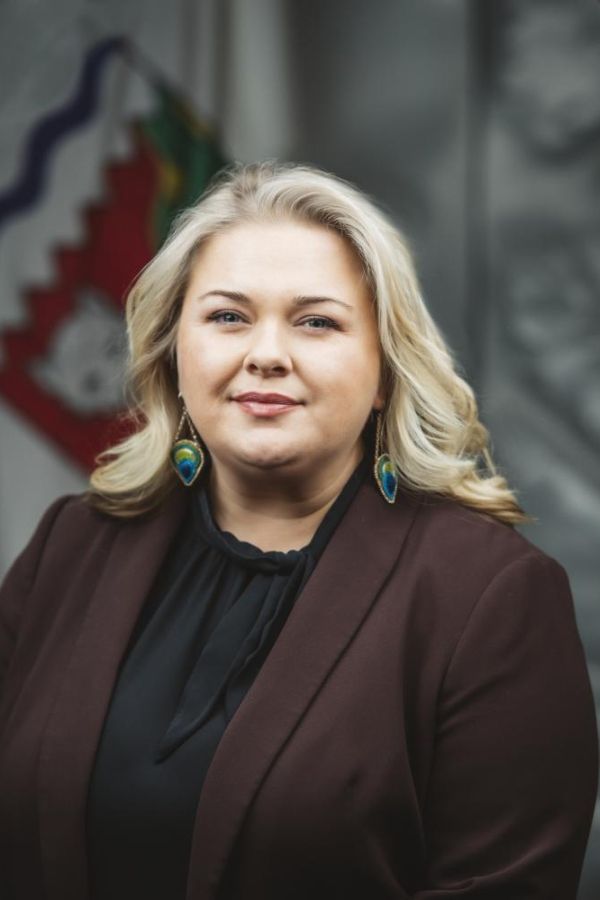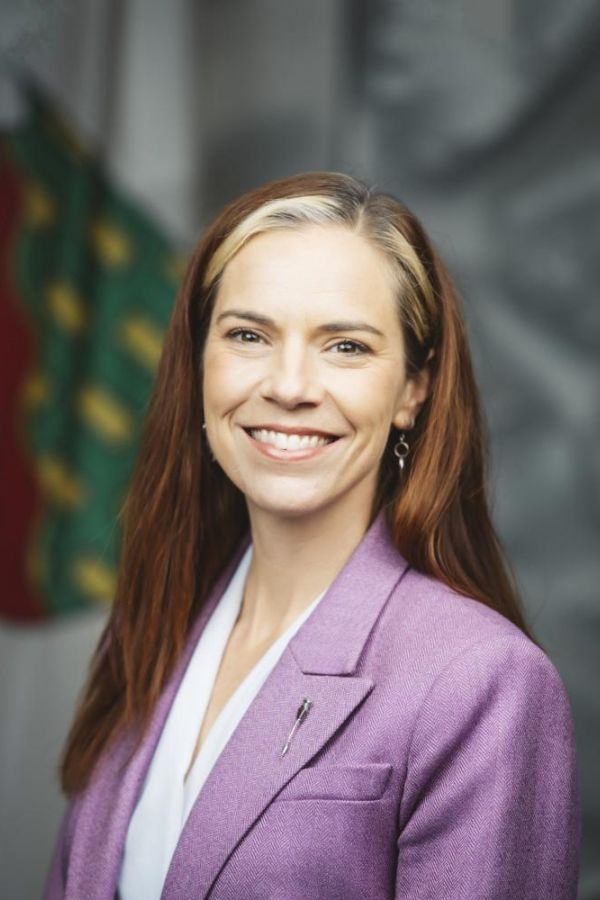Question 681-19(2): Herd Immunity in the Northwest Territories

Thank you very much, Mr. Speaker. Today, my questions are for the Minister of Health and Social Services, and my first question for the Minister is: can she confirm the vaccination rates in the Northwest Territories by small community, regional centre, and also Yellowknife? Thank you.
Thank you, Member for Kam Lake. Minister of Health and Social Services.

Thank you, Mr. Speaker. I don't have the full detail that the Member is looking for because the Chief Public Health Officer is still refining the numbers. What I can say is that we've achieved approximately 58 percent uptake on vaccine dose 1, and 36 percent uptake on dose 2. The range of community level uptake is between 40 percent and the high 70s depending on the particular community. We know from trending information that the highest step taken is in the oldest population, and the lowest is in the youngest population. The residents of the NWT who are between 18 and 34 are well below the 50 percent uptake in most communities. At this point, it's fair to say that there is no region or community in the NWT that's met our target of vaccinating 75 percent of the population. Thank you.

No. I think that's very valuable information. I think it's also important that we know where work still needs to be done, especially when it comes to public education, and where we can kind of help make sure that our younger brothers and sisters and maybe our children or family members could stand to help us reach that herd immunity. What I'm wondering, Mr. Speaker, is: since we know that we're working towards 75 percent vaccination rate and we're hoping to reach it before the summer and I am very hopeful that the department of Health is able to get there in order to achieve herd immunity, given that vaccination update has lagged in some communities, will changes to community public health restrictions happen on a community-by-community basis depending on vaccination rates?

Thank you for that question. It's not clear at this time whether the CPHO would make changes on a community-by-community basis. We do know that, in the month of April, she's going in to review of the whole of the Emerging Wisely Plan to look at ways in which to ease restrictions. Certainly, the vaccine rate will figure into that. The rate that we've all been discussing is 75 percent. I think that that rate is now in question to some extent, given changing situations such as the variants and how transmissible they are, vaccine uptake, a number of other things that may change the immunity level that we require in communities to say that we are fully vaccinated. Of course, as the Member knows, children are not in this group, and there are a few others who haven't been vaccinated for various reasons. The whole business of how much is enough is really up for debate at this point.

I think it's valuable to have the conversation about community-by-community lifting and easing of restrictions. For example, if you end up with Ulukhaktok who ends up with 75 percent vaccination rates and they've had great success, say, in their community and they want to get back to doing social activities, they want to ease up on restrictions as far as capacity and gatherings, and if we here in Yellowknife have not reached that level, it would be really unfortunate to have surrounding communities really held back by their opportunity. Likewise, it would also not benefit Yellowknife to be held to a standard of a community up in the Beaufort-Delta or in Nunakput. Not to put people against one another, but we will have different success at different points in time. I think it's valuable to be able to look at this from a community-by-community basis, and not strictly an NWT-wide basis, as well.
What I'm wondering is: based on where we're going, given that we are in the last three days of session and people are looking for more information, does the Minister have any idea of what types of easing of restrictions or potential changes within our borders we might be able to see within summer months? I know that we are waiting on the Chief Public Health Officer, but there is a lot of planning that goes into summer months for businesses, especially when we have seasonal-type work that occurs in the summer. People need to rehire, they need to retrain, and they need to be able to get their business going.

Let me state, first of all, that my hope is for a very high vaccine uptake so that the whole territory is able to come out of restrictions and resume life as we knew it a year ago. We do not want to pit communities against one another. That is definitely one of the risks that the CPHO will be assessing in deciding what detail to release to the public in terms of vaccination levels, whether it is feasible to release by community or by region.
Some of the variables that the Office of the Chief Public Health Officer will be looking at, as I mentioned before, is whether the vaccine will prevent the transmission of the virus. We know that it will prevent people from getting sicker, but can you still carry the virus, even when you are vaccinated, and pass it on to someone else? It also, of course, depends on the vaccination rate, and it depends on how well the vaccine protects against the variants, which I feel are now on the doorstep, now that we know there are variants in Yukon and Fort Chipewyan. It feels closer to home than ever before.
What the CPHO has said historically is that a high vaccination rate will enable us to remove restrictions internally first. That will be things such as business capacity, summer music festivals, family gatherings, weddings, and so on and so forth. Those would be the activities that are, at first, going to be relaxed, and then the whole situation around the border and self-isolation will be addressed next, depending on what is happening in southern Canada. We want to give businesses as much notice as possible to be prepared to open. I hope that we will be able to do this by the end of April when the CPHO issues her revised Emerging Wisely.
Thank you, Minister. Final supplementary. Member for Kam Lake.

Thank you very much, Mr. Speaker. Some of the northern businesses that we rely on on a regular basis continue to struggle under the existing public health restrictions. If the GNWT cannot commit to changes in public health restrictions once herd immunity is reached or if we still don't reach herd immunity this summer, how does the Department of Health and Social Services intend to support and advocate for the mental health and economic needs of Northerners under continued restrictions in the Northwest Territories? Thank you.

I find it hard to answer a huge hypothetical there that crosses many different departments. What I want to say is that I appreciate that people, that residents in the NWT, the Members of this House, want to return to normal gatherings, normal ways of doing business, and normal ways of visiting family that they knew a year ago. I am keen on that, as well. My hope is that the rationale for easing the restrictions internally and externally will be made known to the public by the end of April. Thank you.
Thank you, Minister. Oral questions. Member for Great Slave.






